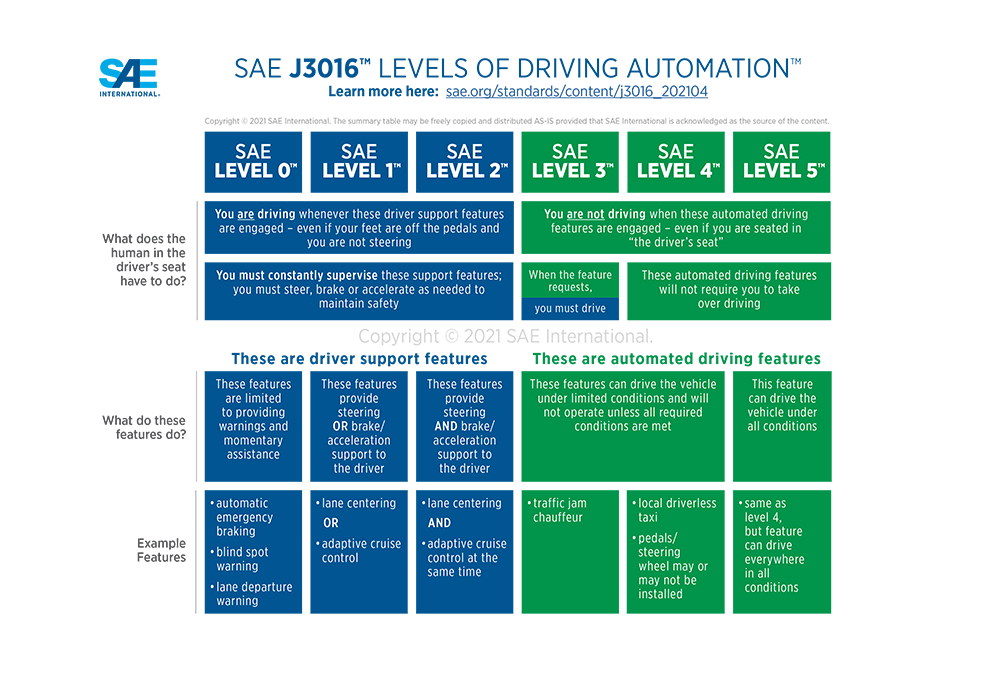Picture this: You’re driving a dark and lonely stretch of highway, no lights or buildings in either direction. You’ve been driving for hours, eyes beginning to glaze over, when suddenly a semi-truck passes you on the right. But wait, that can’t be right– there’s no one in the driver’s seat! Is it a trick of the eyes? A hallucination, even? Maybe, but you might not be seeing things after all. What if the truck really is… driving itself?
While it sounds like something out of a sci-fi movie, if you’ve been following trucking news for the past few years you may have heard about the development of driverless/autonomous trucks. But what does this mean, and how will it affect the trucking industry going forward? We’re here to answer some of your questions about this new technology.
How Does it Work?
In some cases, a driverless truck is exactly what it sounds like– a truck operating on its own, without a physical driver. A truck would be driven manually to a hub where it would then complete the highway stretch of the trip unmanned, stopping at another hub where a driver would operate the truck for the final leg of the trip. This has been referred to as the transfer hub model.
Starsky Robotics– one of the first companies in the field of autonomous trucking who has since closed its doors– pioneered this method. In this case, while the vehicle was unmanned, it would be monitored remotely, and if manual intervention is needed this can be done remotely as well. This is best for middle-mile deliveries between distribution hubs, where most of the trip is by interstate rather than crowded city areas.
Following a different model, the truck is essentially running on autopilot while a driver is still in the vehicle, ready to take over in case the truck encounters a situation that it can’t navigate on its own. This method has been used by companies such as Tesla and Waymo.
It’s worth noting that self-driving trucks have different levels of automation. The chart below, provided by SAE International, details what these different levels are and what they mean:

What Are the Benefits?
There are obvious logistical benefits to self-driving trucks. While we can’t discuss all of the pros and cons, here are a few key benefits:
- Hours of Service regulations wouldn’t limit driverless trucks. In fact, it’s possible to run an unmanned truck 24 hours a day, with remote drivers taking shifts.
- An increase in efficiency could mean a higher demand for trucks as a means of hauling freight (as opposed to air or rail).
- Lower fuel and maintenance costs, since human error is limited and driverless trucks are programmed to follow safe driving practices.
- From the carrier’s perspective, using driverless trucks could combat the issue of high driver turnover, since fewer drivers would be needed (if any) to physically operate these trucks.
But will this technology help combat the driver shortage issue, or create an entirely new array of problems?
Is There a Downside?
Perhaps the most obvious concern about this new tech is whether or not a switch to driverless trucks would eliminate jobs for traditional truck drivers. That’s not even mentioning the potential for accidents and resulting lawsuits.
An increase in driverless trucks would no doubt affect the industry, impacting long-haul truck drivers. Unfortunately if this technology became mainstream, some long time drivers would find themselves out of a job, at least for a time.
Other potential concerns include:
- A higher demand for trucks could mean an impact on the environment as a result of increased emissions.
- The software required for self-driving trucks is more advanced, so it will cost more initially for carriers to invest in this technology.
- Unpredictable driving conditions pose a challenge to engineers. No matter how good the technology is, it won’t be able to account for all potential hazards and risks that a truck could encounter.
This is something that might worry the average person as well; understandably, the thought of sharing the road with an unmanned vehicle could be cause for concern. On the other hand, autonomous vehicles actually eliminate many opportunities for human error, such as an accident caused by a tired driver. It is also worth noting that driverless trucks are always supervised, either from inside the vehicle or remotely.
What Does This Mean for the Trucking Industry?
Going back to the elephant in the room: would this shift in the industry put thousands out of their jobs? The answer is complicated.
It is worth noting that in many areas– especially as older drivers retire– there is a shortage of new drivers looking to get into long haul trucking. The turnover is incredibly high already, and as this technology becomes more widely used in the coming years, more and more long haul drivers will continue to retire.
Some estimates suggest that fully autonomous trucks won’t become mainstream until 2030 or later. In the meantime, companies that choose to follow the transfer hub model in operating their driverless trucks could actually create more short haul trucking jobs, which new drivers in the industry may find more appealing. Also, demand for truck drivers won’t change as much in cases where companies choose to have a driver in the cab of their self-driving trucks at all times.
It’s understandable to be both skeptical and excited about this advancing technology, and the full socioeconomic impact of this kind of shift in the trucking industry remains to be seen.
Additional Sources:
Mohan, A., Vaishnav, P. Impact of automation on long haul trucking operator-hours in the United States. Humanit Soc Sci Commun 9, 82 (2022). https://doi.org/10.1057/s41599-022-01103-w
Why Autonomous Trucking Will Soon Become a Reality
The ‘Race’ To Win The Autonomous Truck Market
Self-Driving Trucks: Are Truck Drivers Out of a Job?
Starsky Robotics tests first unmanned autonomous truck on public highway in Florida (with video)
